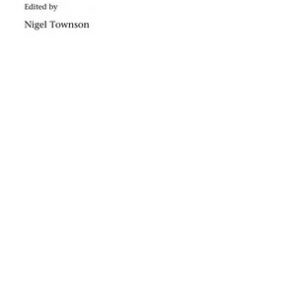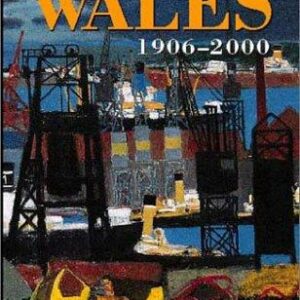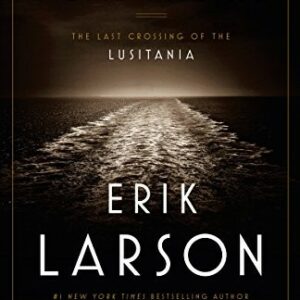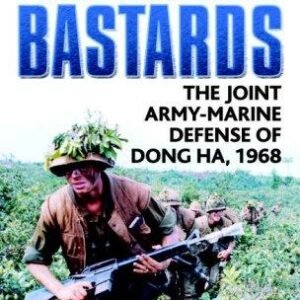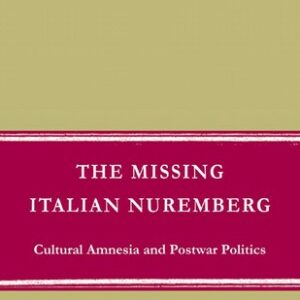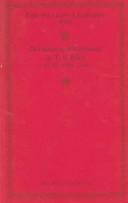Vimy
$19.99
| Title | Range | Discount |
|---|---|---|
| Trade Discount | 5 + | 25% |
- Description
- Additional information
Description
A bold new telling of the defining battle of the Great War, and how it came to signify and solidify Canada’s national identity.
Why does Vimy loom so large in Canada’s identity—and should it? Tim Cook, Canada’s foremost military historian and a RBC Taylor Prize winner, examines the battle of Vimy Ridge in April 1917 and the way the memory of it has evolved over a hundred years. Vimy is unlike any other battle in Canadian history: it has been described as the “birth of the nation.” But the meaning of that phrase has never been explored, nor has any writer explained why the battle continues to resonate with Canadians. The Vimy battle that began April 9, 1917, marked the first time the four divisions of the Canadian Expeditionary Force fought together. 10,600 men were killed or injured over four days—twice the casualty rate of the Dieppe Raid in August 1942.
Cook has uncovered new material and photographs from official archives and private collections across Canada and from around the world. Many of these resources have never been used before by other historians, writers, or filmmakers.
This book is about more than a defining battle: it is a story of Canadian identity and memory, by a writer who brings history alive.#1 NATIONAL BESTSELLER
WINNER OF THE J.W. DAFOE BOOK PRIZE
LONGLISTED FOR BRITISH COLUMBIA’S NATIONAL AWARD FOR CANADIAN NON-FICTION
FINALIST FOR THE TEMPLER MEDAL BOOK PRIZE
Praise for Vimy:
“There is no one better equipped to retell the Vimy story than Cook.” —The Chronicle Herald
“Through this book, Cook … cements himself as the nation’s premier military historian.” —The Vancouver Sun
Praise for At the Sharp End:
“Provides an intimate look at the Canadian men who fought in World War One…. An engrossing, moving experience.” —The London Free Press
Praise for Shock Troops:
“Cook has written what will surely be the definitive history of the Canadian Army in the First World War.” —Edmonton Journal
Praise for The Madman and the Butcher:
“[A] masterful book.” —Maclean’s
“In The Madman and the Butcher, [Cook] tells at least two stories that deserve that overused word ‘epic’…. An emotive writer…. He has a playwright’s ear for knowing when to let his subjects speak for themselves.” —The Globe and MailTIM COOK is Chief Historian and Director of Research at the Canadian War Museum. His bestselling books have won multiple awards, including three Ottawa Book Awards for Literary Non-Fiction and two C.P. Stacey Awards for the best book in Canadian military history. In 2008 he won the J.W. Dafoe Prize for At the Sharp End and again in 2018 for Vimy: The Battle and the Legend. Shock Troops won the 2009 RBC Taylor Prize for Literary Non-Fiction. Cook is a frequent commentator in the media, and a member of the Royal Society of Canada and the Order of Canada.The Battle of Vimy Ridge was the most carefully planned operation the Canadians fought during the First World War. The ridge was the site of several titanic battles, starting in October 1914, and a place where hundreds of thousands of French and German soldiers had been killed or maimed in attempting to capture or hold the critically important geographical position. The 7-kilometre Vimy Ridge protected the coal-rich area around Lens that the Germans occupied and desperately needed to retain to supply their war effort. When the Canadians arrived at the foot of the western side of the ridge in October 1916, Vimy was a vast desert of shell craters and rotting corpses. The Canadians faced one of the most formidable positions on the Western Front. Under the command of British general Sir Julian Byng, the four Canadian divisions, with significant support from British engineers, gunners, and soldiers, prepared for the battle in April 1917. The assault on Vimy was part of a larger British push, the Arras offensive, which was, in turn, a supporting attack for the French Artois offensive to the south. Through meticulous preparation, training, determination, and sacrifice, the Canadians succeeded where the French armies had failed in the past. The Corps’ victory solidified its reputation among allies and opponents as an elite fighting force.
But Vimy is more than a battle. The unanswered question of Vimy is how the battle became a focal point of remembrance and an icon of Canadian identity. Why do Canadians remember Vimy instead of the 1915 Battle of Second Ypres or the 1918 Hundred Days campaign? The former was the first major engagement where the Canadians faced chlorine gas and stopped the overwhelming German forces; the latter was hailed at the time as the most important series of battles by the Canadian Corps. To pull back the gaze further, why do Canadians celebrate Vimy more intensely than they mark battles of the Second World War, such as the Battle of the Atlantic, D-Day, or the liberation of the Dutch in 1945? How do we make sense of the proud Canadians in 2007 who returned to Vimy Ridge wearing hats and T-shirts that proclaimed “Vimy: Birth of the Nation.” No one would attribute that origin story to the battles of Ridgeway, Paardeberg, or Ortona, to Normandy, Kapyong, or the Medak Pocket. Vimy is unique.
The value that Canadians attach to the battle and the memorial is forever linked to the Great War. For many English Canadians the war marked Canada’s coming of age, as its primary land formation, the Canadian Corps, spearheaded a number of Allied offensives and delivered hard-fought victories. The war was perceived differently in French Canada, which had a distinct culture and identity, and by many of the two million immigrants who had come to Canada since the late nineteenth century. Nonetheless, the war was an important transformative event for all. The enormous exertions on the home front saw millions of shells produced for the war effort, crops produced by farmers to feed the Allied nations, and unprecedented patriotic support of the war effort and the soldiers. Major social changes, from industrialization, income tax, and enfranchisement for women to deeper government intervention into the lives of Canadians, were ushered in by the war.US
Additional information
| Dimensions | 1.4200 × 6.0000 × 9.0000 in |
|---|---|
| Imprint | |
| ISBN-13 | |
| ISBN-10 | |
| Author | |
| Audience | |
| BISAC | |
| Subjects | ww1 books, history gifts, military history books, world war 1, gifts for history buffs, historical books, history teacher gifts, war books, world war 1 books, great war, fathers day gifts, canadian history, the first world war, HIS006020, battle history, vimy ridge, canadian identity, canadian military, Pierre Berton, army, gifts for dad, war, HIS037070, military, battles, history books, world history, nationalism, canada, history, first world war, world war one, WWI, world war i, war history, European history, military history, dad gifts |



